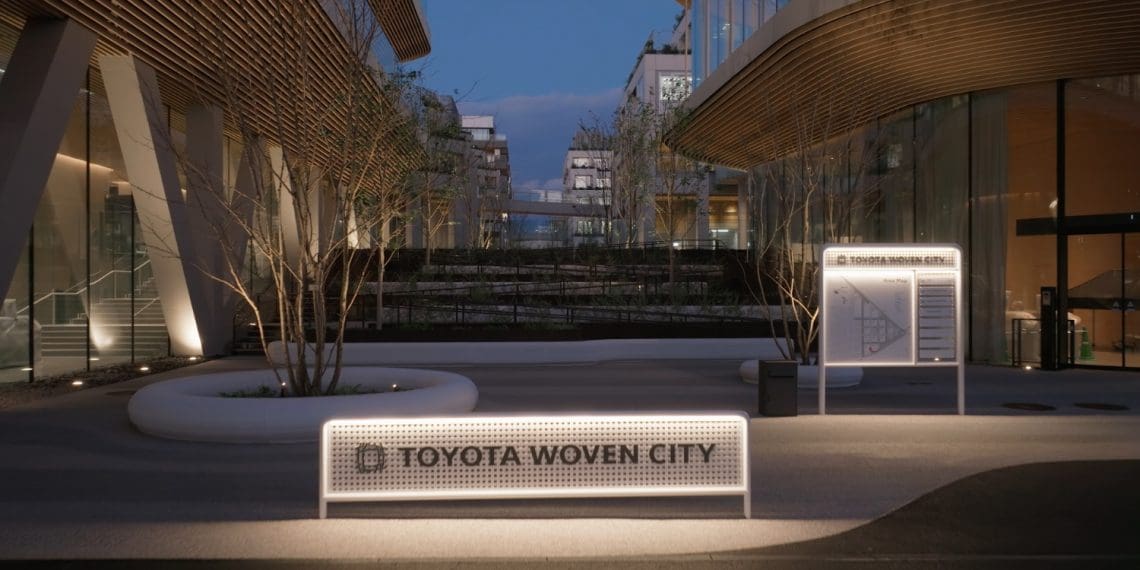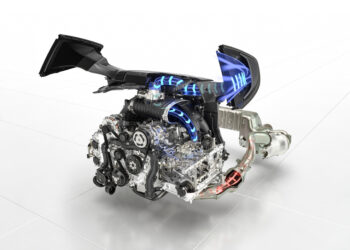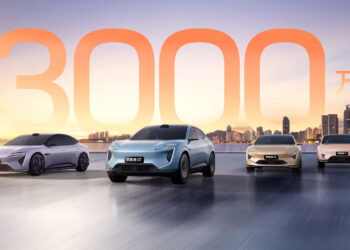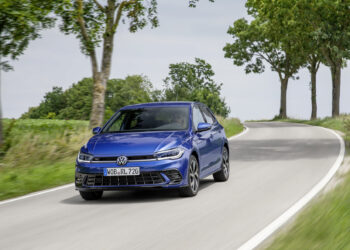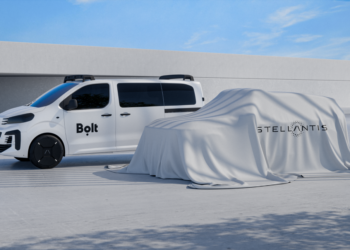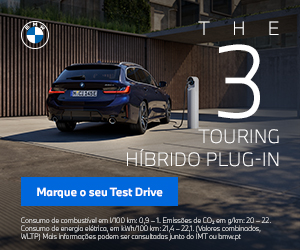Toyota Woven City is the vision of the Japanese automaker for the city of the future, as it reinvents itself as a mobility company. This project is being developed in Japan, specifically in Higashi-Fuji, in the city of Susono, Shizuoka Prefecture. The first phase of construction is expected to be completed next autumn, when it will welcome its first residents, as announced by Akio Toyoda, president of the Japanese brand, during the opening of the Consumer Electronics Show (CES) in Las Vegas, USA.
The world’s largest automobile manufacturer announced its transformation into a mobility company at CES in 2018, and two years later, at the same event, unveiled the prototype of the city of the future, Woven City, developed in collaboration with Woven by Toyota (“WbyT”) to demonstrate the brand’s long-term commitment to shaping the future of mobility.
In 2021, the first stone of this project was laid, which aims to be a kind of laboratory for improving society by accelerating the cycle of technology and the development of services and mobility.
Developed with a human-centered approach and a focus on community development, the project will apply new technologies in a real-world environment across various areas such as autonomous driving, personal mobility, robotics, and artificial intelligence (AI).
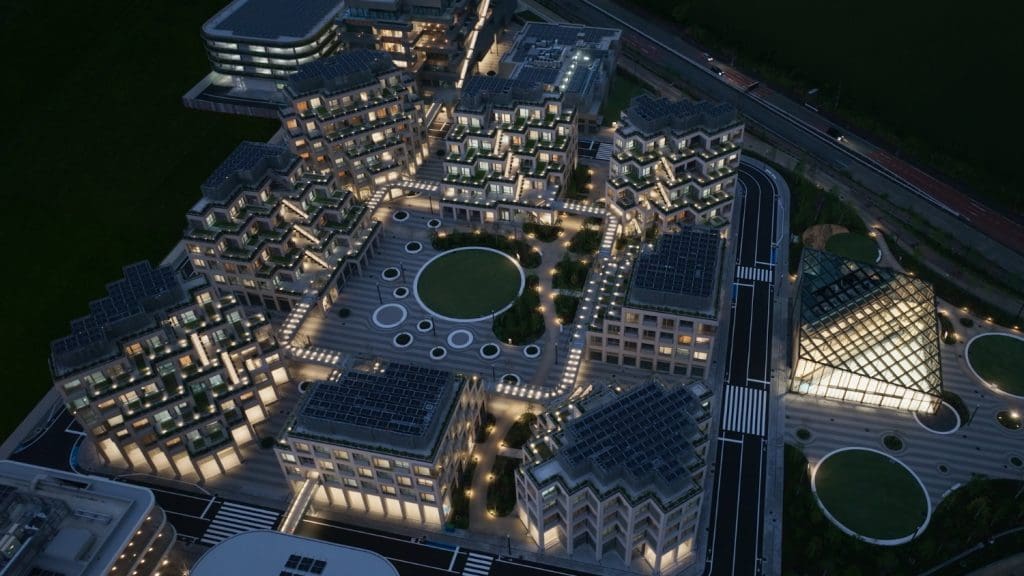
The Toyota Woven City will feature three types of interconnected streets at ground level: one dedicated to autonomous driving, another solely for pedestrians, and a third for pedestrians with personal mobility vehicles.
Toyota has now announced that at the launch of Woven City, next fall, the city of the future will have 100 residents — primarily Toyota employees and WbyT staff along with their families. However, the completion of the first phase of this city will allow for a capacity of around 360 residents, with the goal for Woven City to eventually accommodate approximately 2,000 residents after the various phases of the project are completed.
The city is planned to be “completely sustainable, with buildings primarily made of wood to minimize the carbon footprint, using traditional Japanese carpentry combined with robotic production methods”. It will allow its residents to travel on main roads in “fully autonomous, zero-emission vehicles.” Additionally, throughout the city, “autonomous Toyota e-Palettes will be used for transport and deliveries”.

